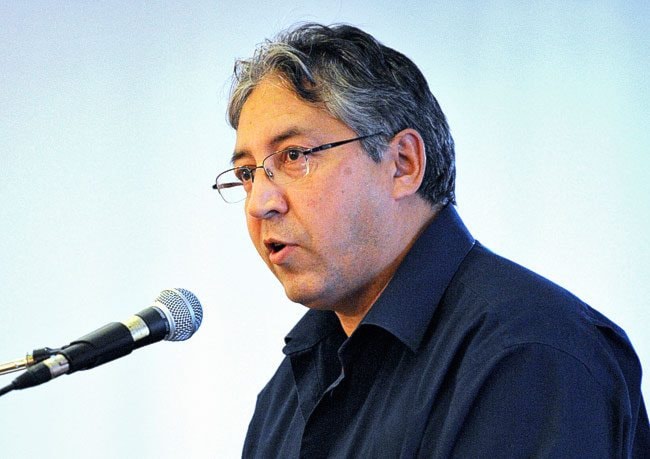The territorial government needs to get moving on land use planning, according to a panel of Yukon chiefs.
Four chiefs spoke on the topic as part of the Conference Board of Canada’s northern summit, which took place in Whitehorse this week.
“Yukon leads the way in land use planning,” according to the program description for the panel discussion.
But that was not the message presented by Eric Fairclough, chief of the Little Salmon/Carmacks First Nation.
“To say that the Yukon is leading the way in land use planning, I feel is misleading, and presents a wrong image of the Yukon.”
Yukon’s land use planning process is born from the Umbrella Final Agreement, the treaty signed with First Nations that have modern land claims.
Land use plans are designed to determine what development might take place in a region, taking into account the interests of industry, the public and affected governments.
But 20 years after the first Yukon First Nations signed land claims, only one land use plan has been approved.
The second, the Peel Watershed Regional Land Use Plan, is currently at an impasse.
The territorial government believes that the plan recommended by the planning commission is not friendly enough to the mining industry, while First Nations are unwilling to compromise any more than they already have.
With only the North Yukon currently covered by a land use plan, First Nations further south are left wondering what the fate of their territories will be.
“I really feel that without a land use plan in place, that it will bring a tremendous amount of uncertainty to industry,” said Fairclough. “Our First Nation, small as we are, the small crew that we have, we find ourselves reacting to development, and not being proactive.
“There’s no reason for the Yukon not to have several land use planning tables going on at once. If we think about lessons for the future, our very first land use plan took so long. What’s the hold up?”
James Allen, chief of the Champagne and Aishihik First Nations, brought a similar message.
“Like all other First Nations, we see land alienation happening every day. Every time we drive out from here to Haines Junction we see another plot of land that has been cleared.”
A land use plan would bring certainty both for industry and First Nations, said Allen.
“One of our roles as First Nations government is to plan for responsible economic and resource development. CAFN wants to engage in regional land use planning but does not yet have a comprehensive land use plan. So hopefully after our talks at this conference, we’ll bend the ear of YTG and tell them that we’re ready for regional land use planning.”
Ruth Massie, grand chief of the Council of Yukon First Nations and former chief of the Ta’an Kwach’an Council, said that First Nation, too, is waiting for action.
“We’re stalled. And why? Because one government out of the three parties is saying, we don’t have the time to come to the table.”
Mike Smith, Yukon’s regional chief for the Assembly of First Nations and former chief of the Kwanlin Dun First Nation, reminded the audience of the historical roots of land claims in the Yukon.
“It was decided that, OK, we’ll have the status and non-status (First Nation people) join together under amalgamation, to form one organization, Council of Yukon Indians to represent all First Nations in the Yukon territory, all aboriginal people as having rights under the Constitution.”
He urged First Nations to work together on joint laws for mining and environmental protection across the territory.
Contact Jacqueline Ronson at jronson@yukon-news.com
